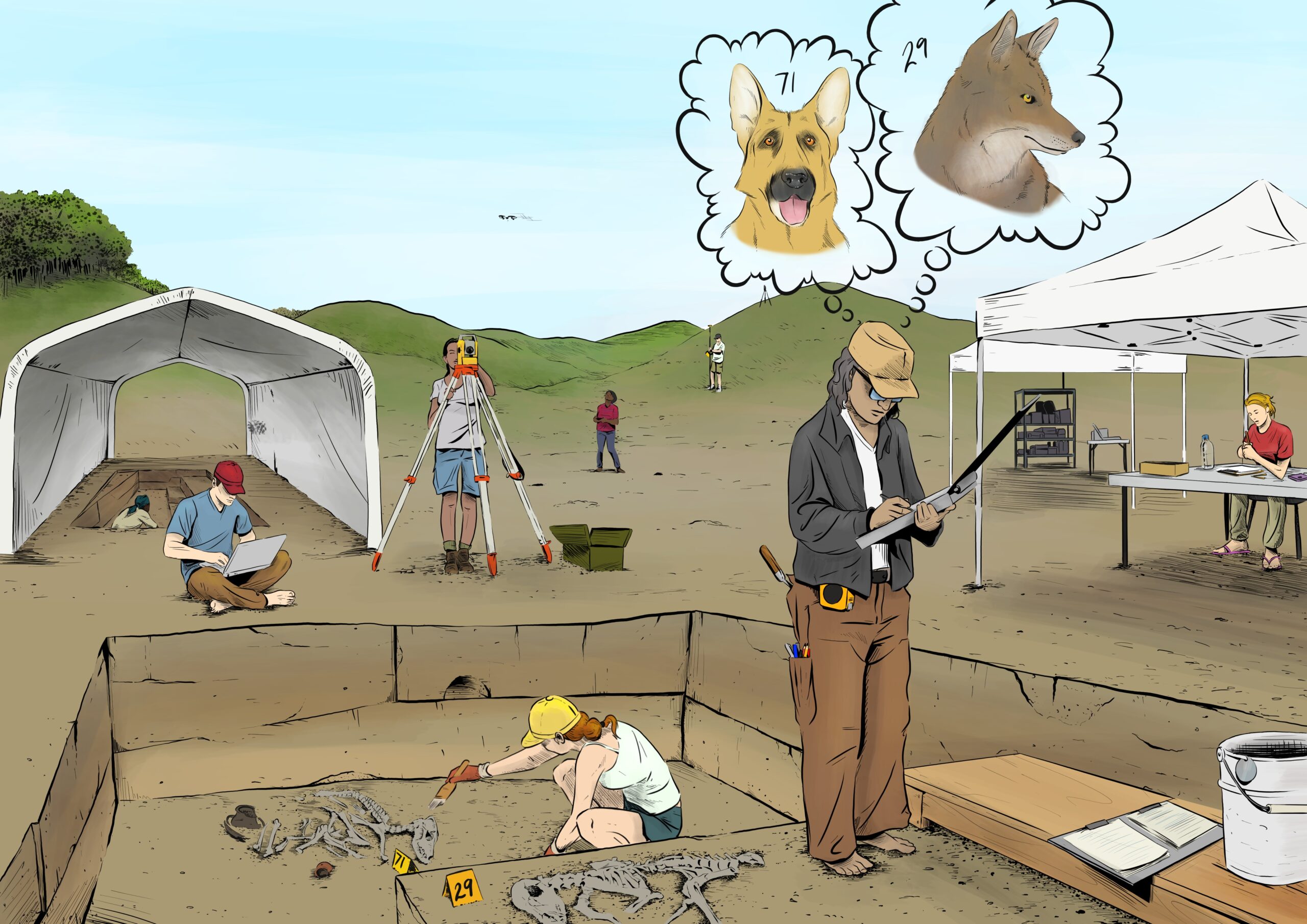
Archaeologists frequently use probability distributions and null hypothesis significance testing (NHST) to assess how well survey, excavation, or experimental data align with their hypotheses about the past. Bayesian inference is increasingly used as an alternative to NHST and, in archaeology, is most commonly applied to radiocarbon date estimation and chronology building. This article demonstrates that Bayesian statistics has broader applications. It begins by contrasting NHST and Bayesian statistical frameworks, before introducing and applying Bayes’s theorem. In order to guide the reader through an elementary step-by-step Bayesian analysis, this article uses a fictional archaeological faunal assemblage from a single site. The fictional example is then expanded to demonstrate how Bayesian analyses can be applied to data with a range of properties, formally incorporating expert prior knowledge into the hypothesis evaluation process.






